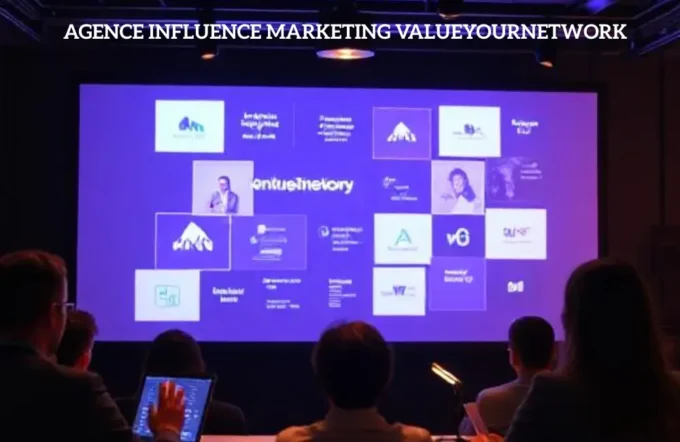Agility and efficiency are no longer luxuries—they’re necessities. For finance departments, particularly those managing the accounts payable process, keeping up with evolving demands can be a serious challenge. As companies embrace automation and modern tools, manual invoice processing and outdated workflows are being phased out in favor of smarter, faster, and more transparent systems.
This evolution is part of a larger shift known as what is digital transformation—a movement that has revolutionized how businesses operate, make decisions, and interact with data. In finance, digital transformation means more than just moving from paper to electronic documents. It’s about rethinking the accounts payable process entirely to increase visibility, reduce human error, and optimize cash flow.
So, how can organizations align their finance operations with the digital age? Let’s explore what digital transformation means for accounts payable and how streamlining this core function leads to significant gains in performance, compliance, and cost savings.
Understanding the Traditional Accounts Payable Process
Before diving into automation, it’s important to understand what the traditional accounts payable process looks like. Typically, it starts when a company receives an invoice from a vendor. That invoice needs to be manually validated against purchase orders, routed for approval, keyed into an accounting system, and finally paid—often with checks or slow bank transfers.
This multi-step process is ripe for delays and errors: invoices get lost, approvals take too long, or payments are duplicated. With multiple stakeholders involved, the lack of transparency can also lead to compliance issues or strained vendor relationships.
Moreover, without automation, the finance team spends more time on administrative tasks and less on strategic decision-making. In this environment, small errors can lead to big consequences like missed payment deadlines, poor audit trails, or even fraud.
Digital Transformation in Accounts Payable
To understand how to optimize finance workflows, we must revisit the idea of what is digital transformation. At its core, digital transformation is the integration of digital technologies into every area of business. For accounts payable, this includes automating repetitive tasks, centralizing invoice data, and enabling real-time tracking and reporting.
Digital tools eliminate the need for manual data entry and approval routing by introducing features like intelligent document capture, automated 3-way matching (PO, invoice, and receipt), and customizable workflows. This not only accelerates the accounts payable process but also ensures compliance and audit readiness.
Instead of drowning in paperwork and chasing down signatures, finance teams can now work smarter—with instant access to invoice statuses, analytics dashboards, and digital trails that make reporting and audits seamless.
Benefits of Streamlining Accounts Payable Through Automation
- Reduced Processing Time and Costs
Manual invoice processing can cost anywhere from $12 to $30 per invoice. With automation, that cost can be reduced by 80%. Faster approvals and digital payments mean fewer late fees and early payment discounts captured—saving money and time. - Improved Accuracy and Fewer Errors
Automation minimizes manual entry, which significantly reduces the chance of typos, duplicate payments, or misfiled invoices. Intelligent scanning and validation tools ensure data accuracy right from the start. - Enhanced Visibility and Control
With centralized dashboards and tracking, finance teams get full visibility into pending approvals, cash flow forecasts, and payment statuses. This helps improve decision-making and provides clarity for stakeholders and auditors. - Strengthened Vendor Relationships
Timely payments and transparent communication foster trust with vendors. Suppliers are more likely to offer favorable terms when they know your payment process is reliable and efficient.
Key Technologies Driving AP Transformation
Modernizing the accounts payable process relies on several cutting-edge technologies:
- Optical Character Recognition (OCR): Converts scanned or photographed invoices into editable text, allowing for quick data extraction and entry.
- Robotic Process Automation (RPA): Automates rule-based tasks like invoice validation, coding, and matching.
- AI and Machine Learning: Continuously improve invoice categorization, detect anomalies, and suggest approval paths.
- Cloud-Based Platforms: Provide scalability, access from anywhere, and better security.
- No-Code Workflow Automation: Tools like Cflow empower finance teams to design custom workflows without needing IT support, accelerating implementation and adoption.
These technologies work together to digitize and streamline the entire AP cycle—from invoice receipt to final payment.
Challenges in AP Transformation and How to Overcome Them
While the benefits are clear, many companies still struggle with digital adoption in AP due to:
- Resistance to Change: Employees may be hesitant to adopt new systems. The solution is to involve stakeholders early, provide proper training, and demonstrate clear benefits.
- Data Silos: Legacy systems may not integrate well with new tools. Choosing platforms that allow easy data migration and integration is key.
- Cost Concerns: The initial investment can seem high, but the ROI in terms of time, accuracy, and long-term savings far outweighs the upfront costs.
Organizations that approach digital transformation as a long-term strategy rather than a quick fix are more likely to succeed.
A Look into the Future: Intelligent AP Automation
Looking ahead, AP automation will evolve even further with the rise of predictive analytics, AI-driven risk assessment, and self-learning bots that continuously optimize workflows. Finance teams will shift from being transactional processors to strategic advisors, offering insights into vendor trends, cash flow patterns, and working capital optimization.
Companies embracing this future will not only reduce operational friction but also gain a competitive advantage in managing their financial health.
Final Thoughts
Streamlining the accounts payable process through digital transformation is no longer optional—it’s essential. By leveraging automation, businesses can eliminate bottlenecks, improve compliance, and ensure timely, accurate payments. As digital tools become more accessible and user-friendly, even small and mid-sized businesses can unlock the full potential of their finance functions.
Embracing what is digital transformation in accounts payable means empowering your team to work smarter, not harder. The path to financial agility, efficiency, and growth begins with transforming the way you manage your invoices—and the time to start is now.















Leave a comment